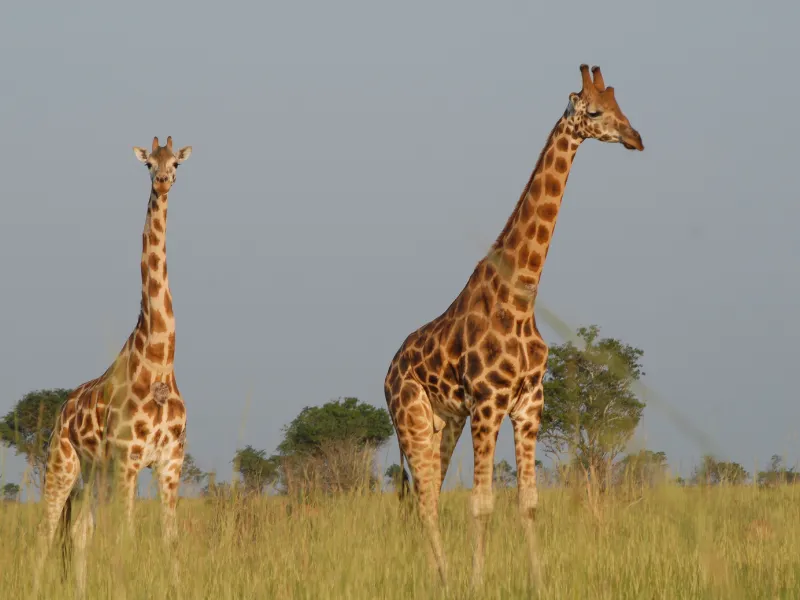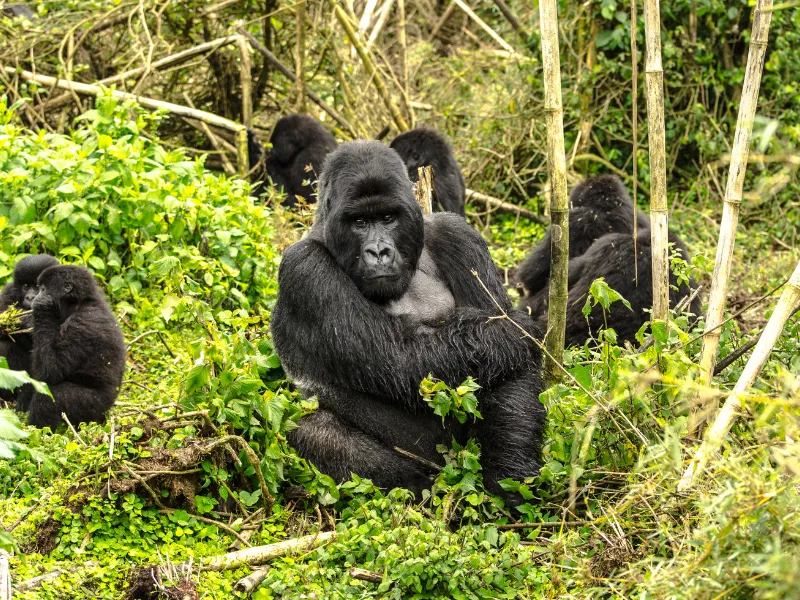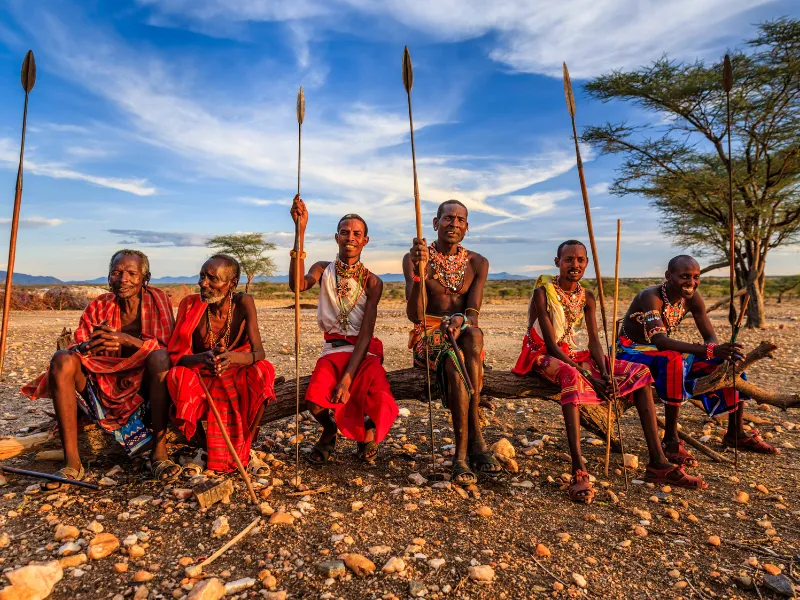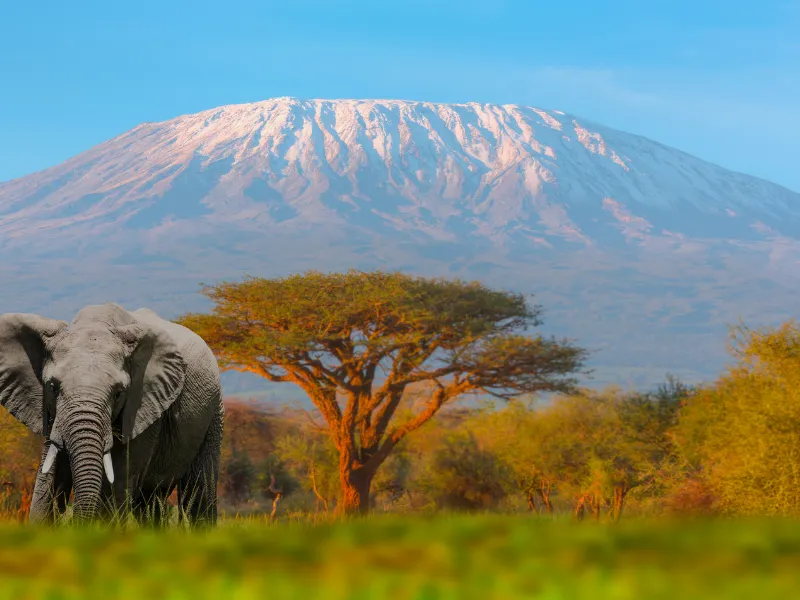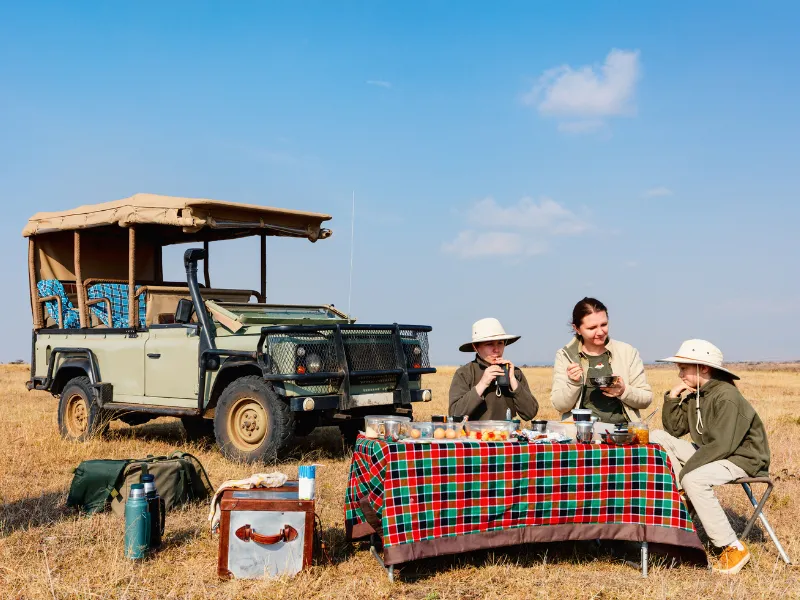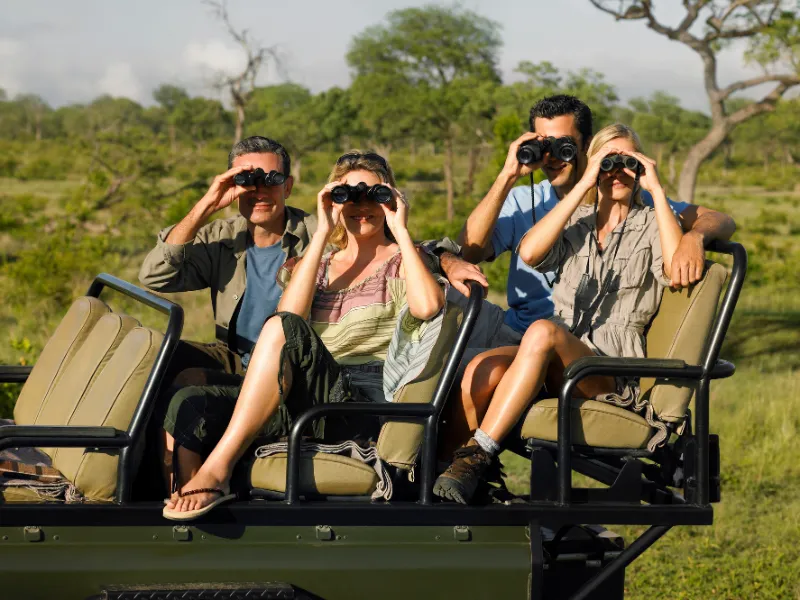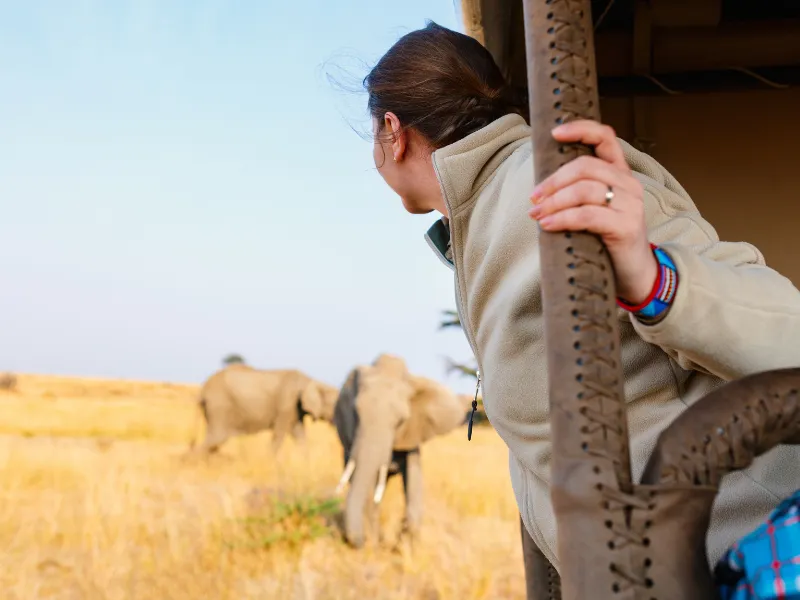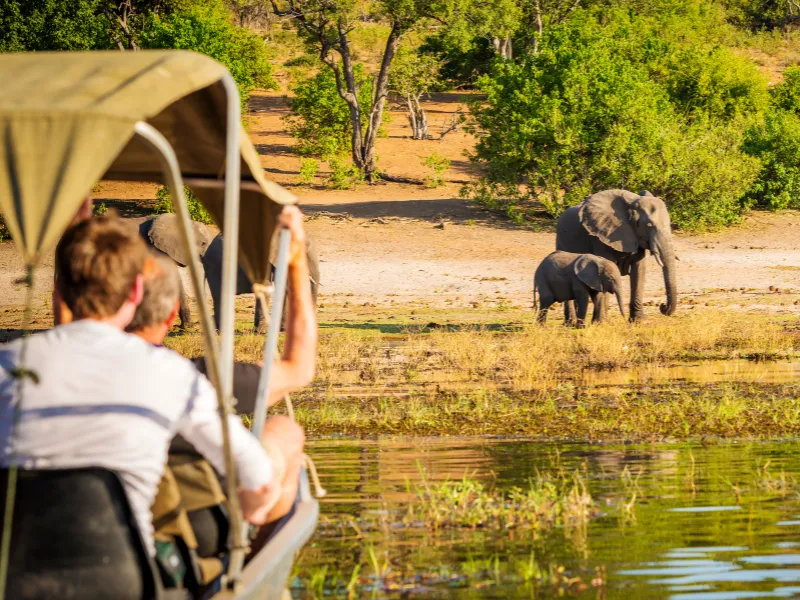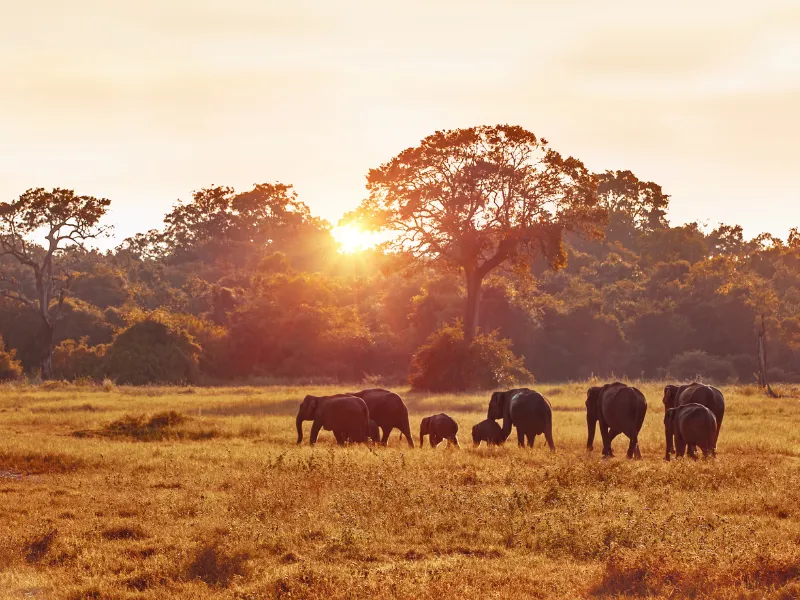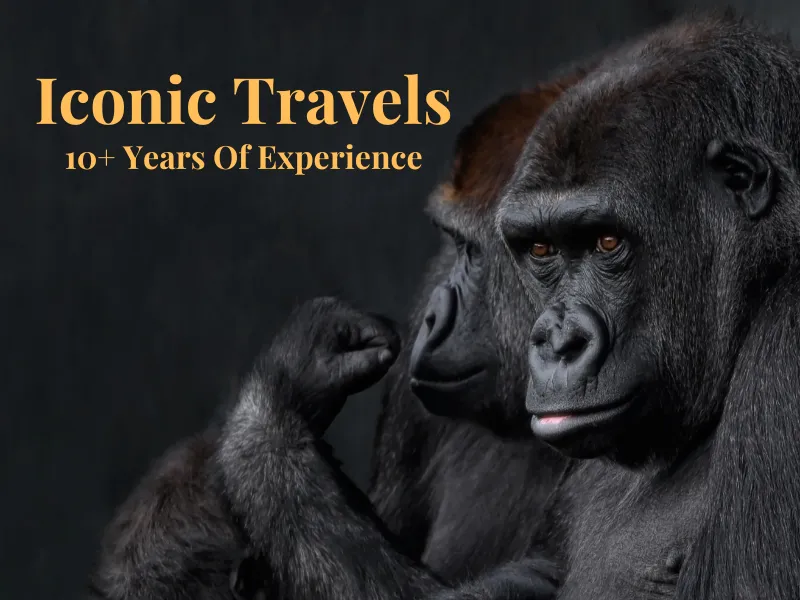The Great Migration
Annually, we expertly match over 100,000 proactive individuals seeking expertise in finance, lending, and claims management with experienced advisors and brokers.
The Great Migration is the most iconic wildlife event in Africa and one of the last great movements of large land mammals on Earth. Every year, over two million wildebeest, zebras, and gazelles make a circular journey across the Serengeti in Tanzania and the Masai Mara in Kenya in search of fresh grazing. Along the way, they face river crossings, predators, and the constant rhythm of survival.
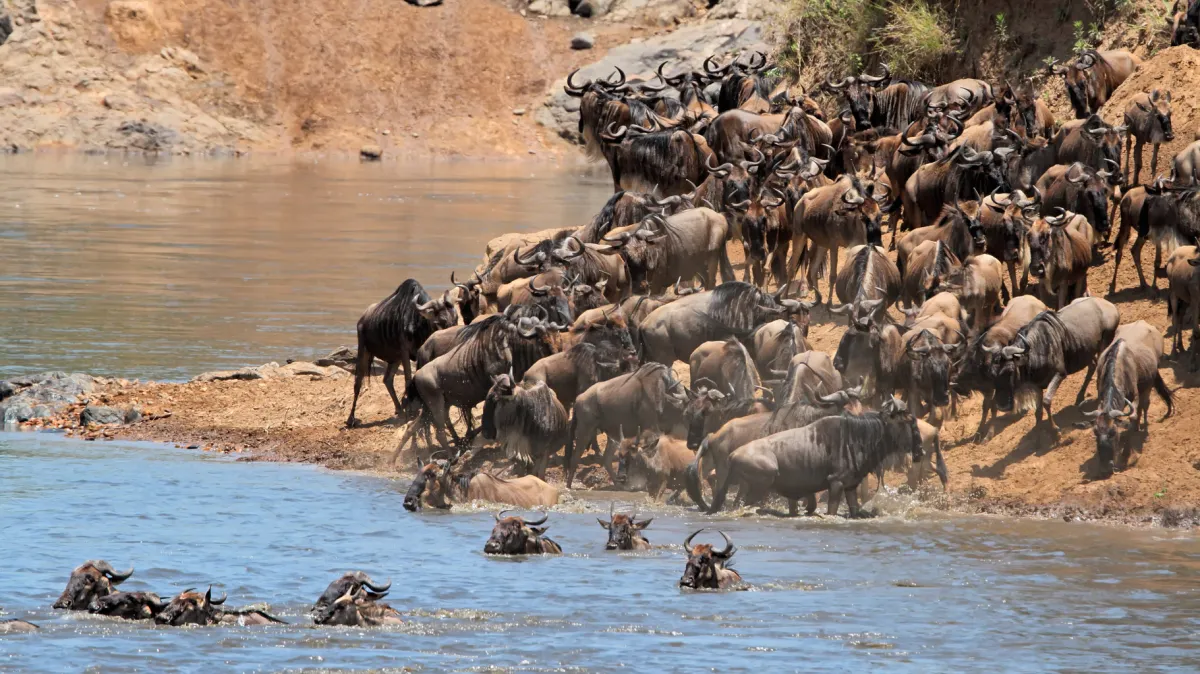
This is not a single moment, but a year-long cycle filled with drama, life, and motion. Whether you witness thousands of calves being born on open plains or herds plunging into crocodile-infested rivers, the Great Migration delivers one of the most powerful safari experiences available.
Where to See the Great Migration
The Great Migration moves across vast territories in both Tanzania and Kenya, following seasonal rainfall and grass growth. While the entire journey is circular, there are specific regions where you can reliably witness the most dramatic moments, such as calving in the south or river crossings in the north. Knowing where to be and when is key to experiencing the migration at its best.
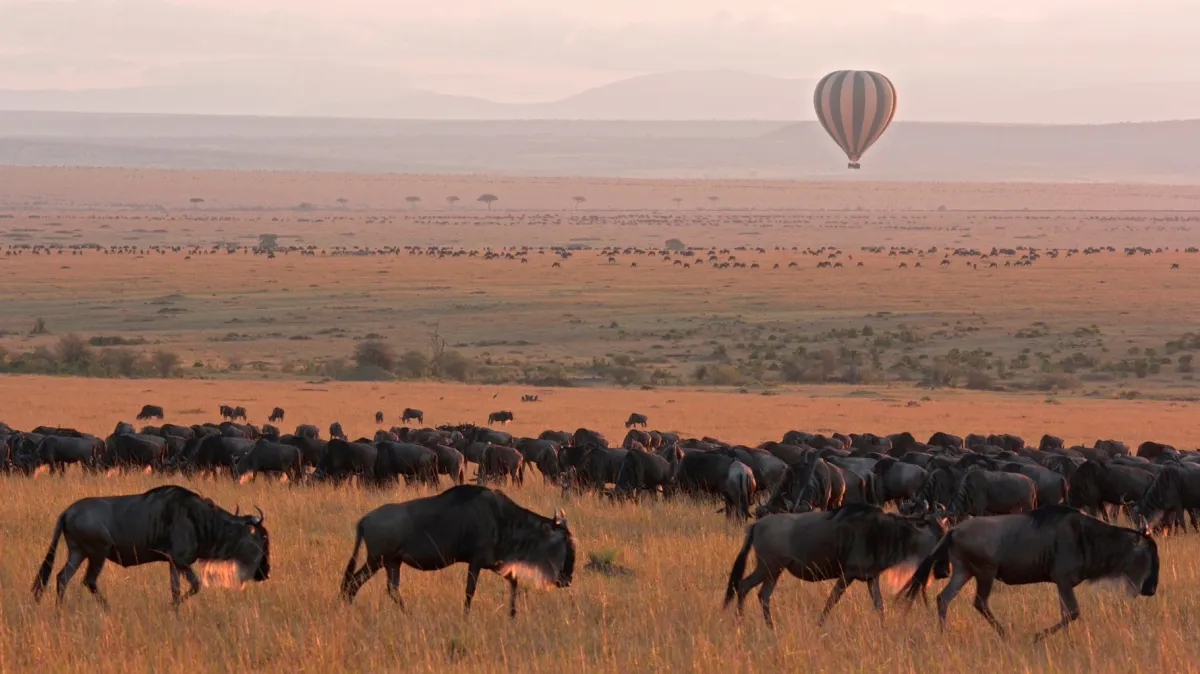
Tanzania
Serengeti National Park: The Serengeti offers the most consistent migration experience. Between January and March, the herds congregate in the southern plains of Ndutu for calving season, when nearly 8,000 wildebeest are born daily. From May to July, the animals move northward, passing through central and western Serengeti. From July through October, they begin dramatic river crossings at the Mara River in northern Serengeti.
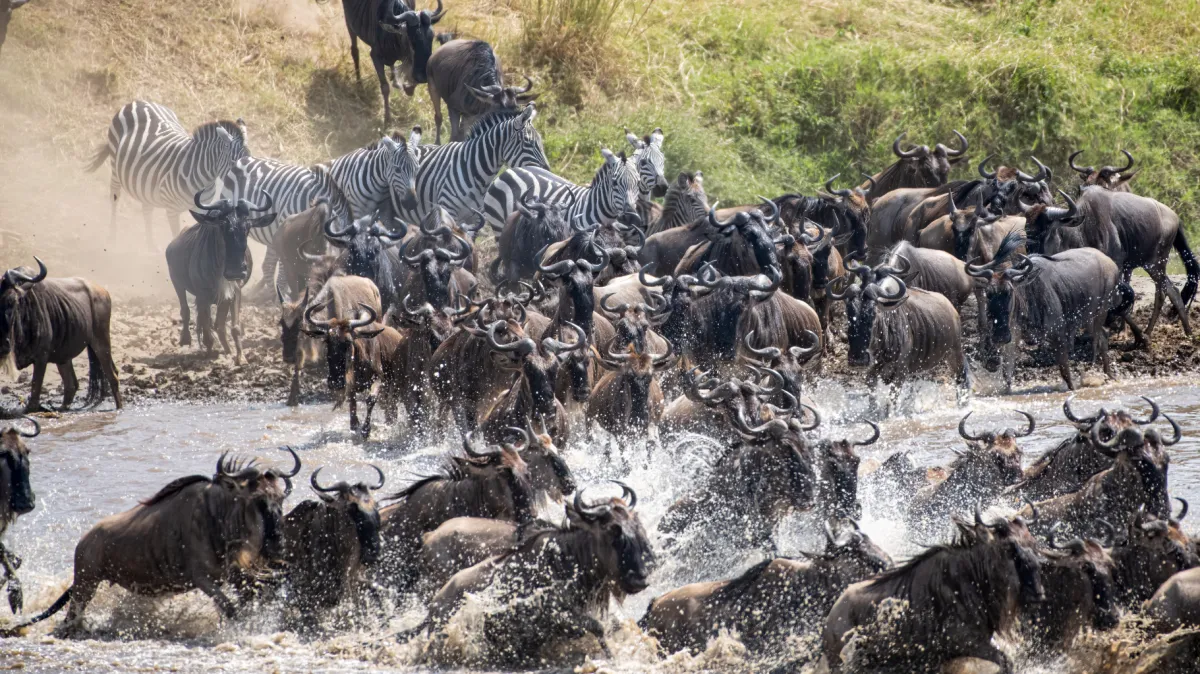
Kenya
Masai Mara National Reserve: The Mara receives the herds typically from late July to early October. This is when the infamous Mara River crossings occur. Arguably the most dramatic stage of the migration. Watch from a cliffside tent or 4x4 as wildebeest leap into swirling water, facing both currents and crocodiles.
When to go
January to March: Southern Serengeti for calving season and predator action
April to May: Migration continues through central Serengeti (green season)
June to July: Western Serengeti where herds mass at the Grumeti River
July to October: Northern Serengeti and Masai Mara for the Mara River crossings
November to December: Herds move back south through eastern Serengeti
Conservation matters
The Great Migration occurs in protected ecosystems thanks to years of conservation investment. Park fees and safari tourism directly support anti-poaching units, habitat preservation, and Maasai-led conservancies, ensuring that both wildlife and communities benefit.
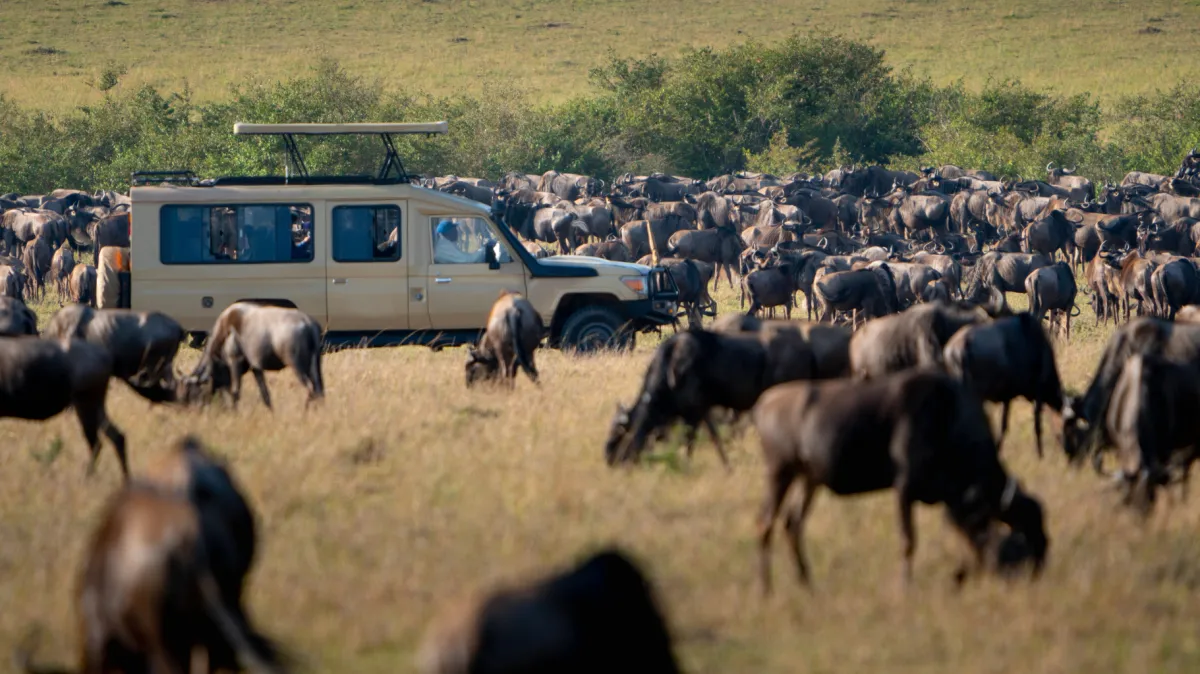
An experience of a lifetime
Whether you're standing beside a riverbank or floating above the plains in a hot air balloon, witnessing the Great Migration puts you in the middle of one of Earth’s last great natural dramas.
Ready to Explore More?
Our travel experts are ready to start creating your customized trip.
Destinations
Company
Follow Us
© 2025 Iconic Travels. All Rights Reserved.

